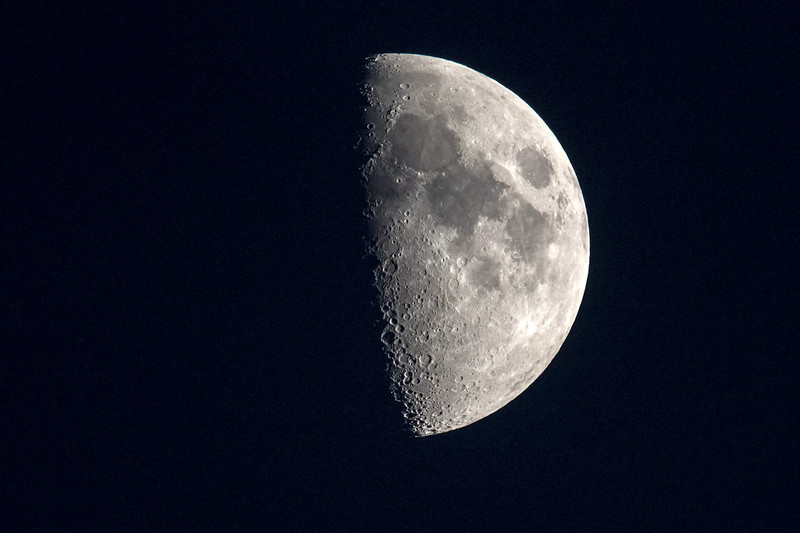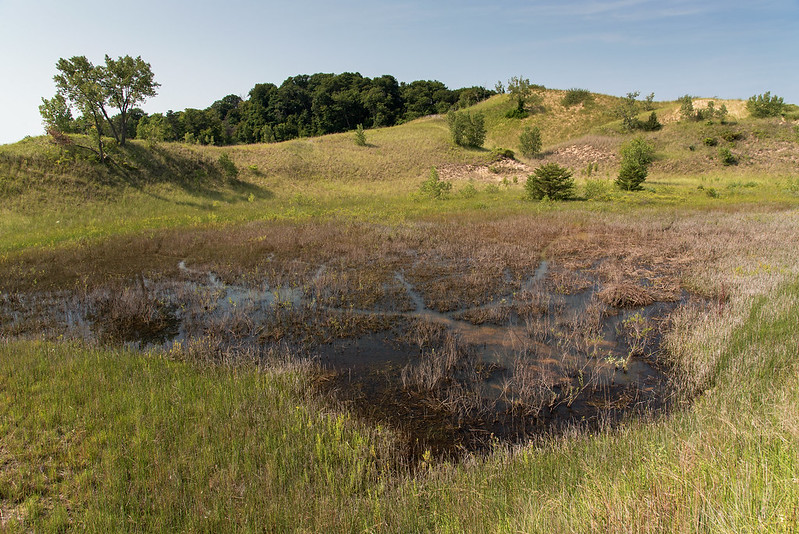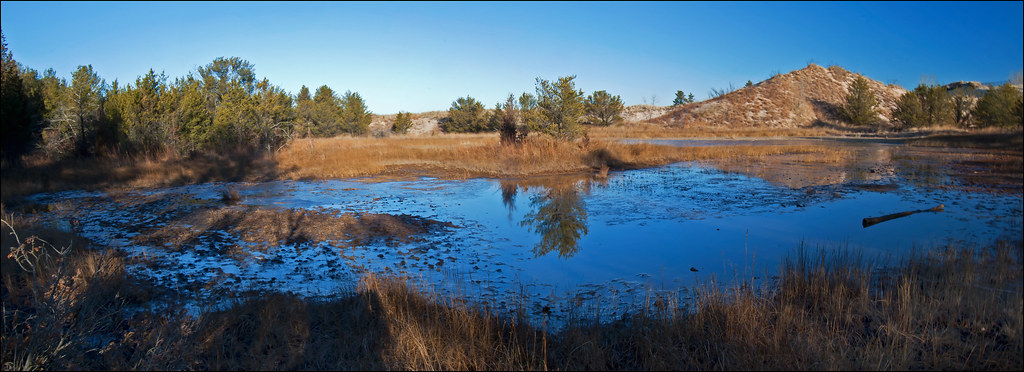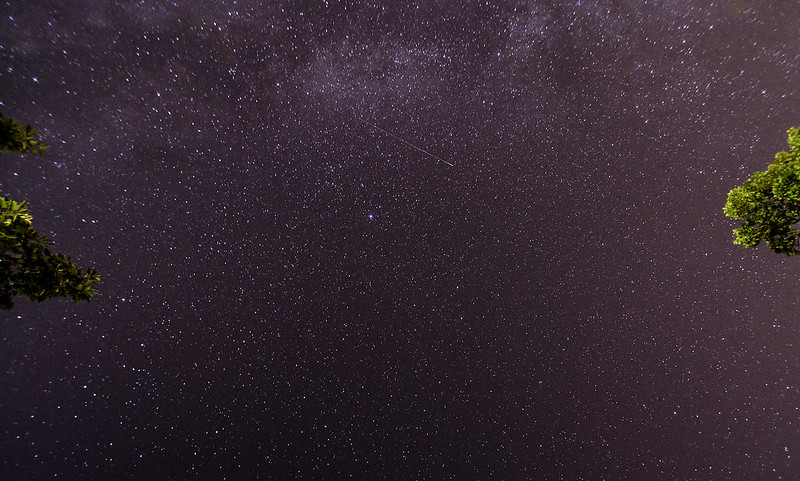
Said to be the tallest free-falling waterfall in Indiana, Williamsport Falls is located in the middle of the town of Williamsport, steps away from the old train station. It's a surprise to see such a canyon hidden right in the downtown area of a town. It's a short hike along what appears to be a steep old road through the woods, and down to the creek where you can hike a little way along the creek to the foot of the waterfall.

The sandstone cliffs are quite impressive, especially considering their proximity to the railroad an roads above. This area was quarried many years ago for stone blocks for the local buildings. This quarrying may have made the waterfall a bit deeper, but the creek appears to be at a natural level, so perhaps the cliff was simply cut back and not cut deeper.The waterfall is said to have a height of 90 feet, but it looked to me more like 60 feet or so, but of course, I didn't measure.
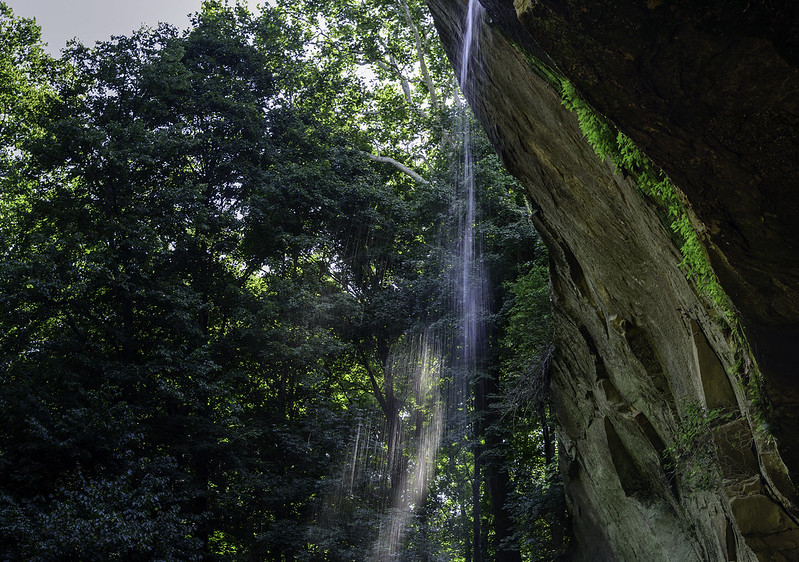 The depth of the canyon keep a bit of the direct sunlight off of the rocks and falls, but depending upon the time of day, the sun highlights the falling water against the thick woods beyond. Williamsport Falls is an easy to access waterfall that is certainly worth the detour from the more traveled parts of western Indiana.
The depth of the canyon keep a bit of the direct sunlight off of the rocks and falls, but depending upon the time of day, the sun highlights the falling water against the thick woods beyond. Williamsport Falls is an easy to access waterfall that is certainly worth the detour from the more traveled parts of western Indiana.

